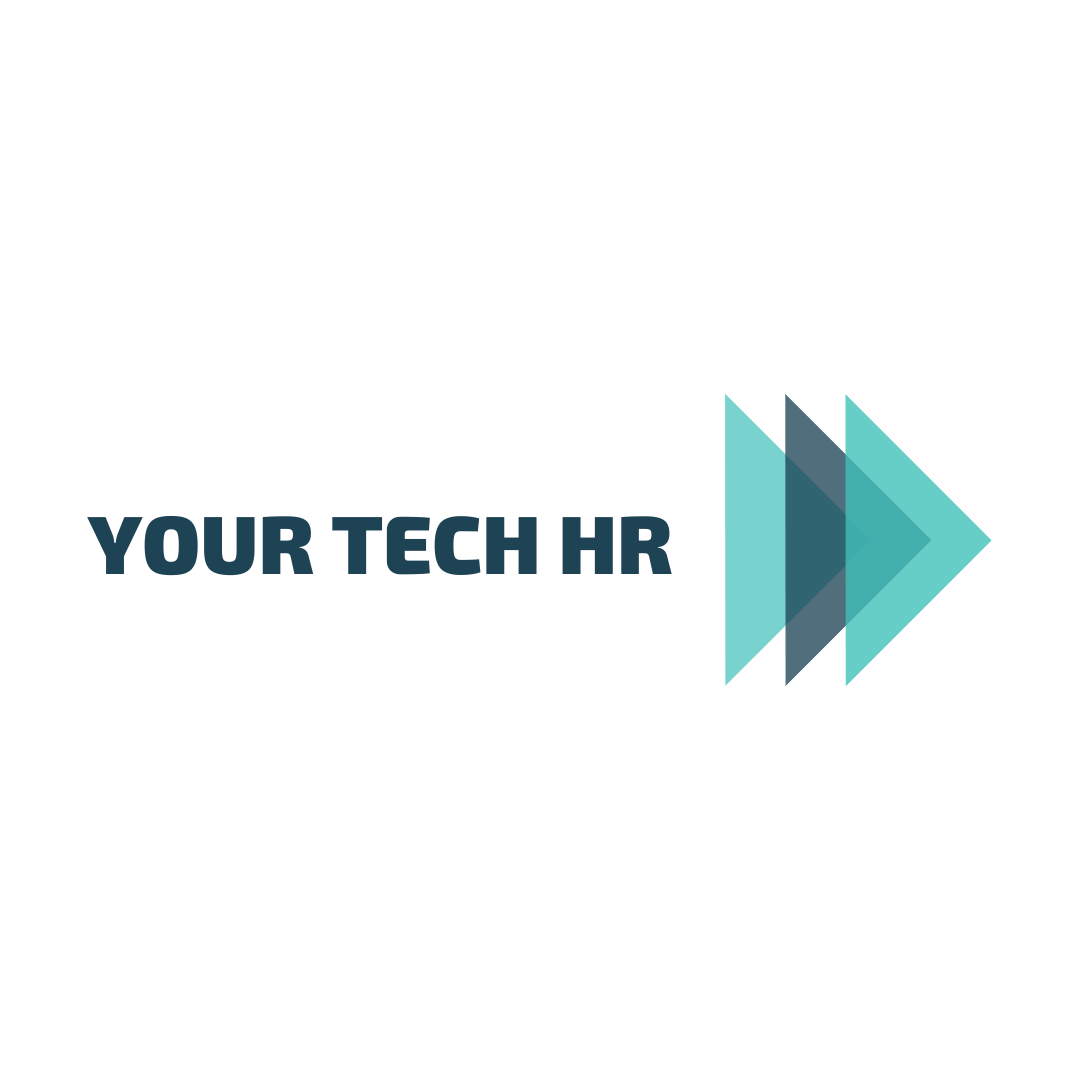AI is revolutionizing the HR sector, but adopting technology isn’t enough. Talent professionals must shift their mindset, aligning AI adoption with strategic hiring, role design, and business impact.
The Fear of Job Obsolescence Is Misplaced
Every technological leap has sparked job fears. The calculator didn’t replace bookkeepers, spreadsheets didn’t eliminate finance roles. AI in HR follows the same trajectory, it won’t replace professionals but will redefine their value. Recruiters must evolve from process execution to strategic talent advisors.
Shifting from Hiring Tasks to Hiring Outcomes
Too often, hiring focuses on tasks: “Follow up on overdue accounts” or “Schedule interviews.” But what’s the real goal? A well-designed role defines outcomes, like reducing outstanding invoices from 90 to 30 days or improving retention by 20%. A strategic hiring mindset ensures hires contribute directly to business goals.
Role Design: The Foundation of Smarter Hiring
To build high-impact teams, HR must redefine roles by answering four key questions:
· How does this role support broader strategy?
· What specific outcomes define success?
· How will success be measured?
· What career growth opportunities exist?
When roles are built with clear business impact, recruitment becomes more targeted, employee engagement improves, and turnover decreases.
AI Is a Tool, Your Strategy Determines Its Value
AI can streamline talent acquisition, but it’s only as effective as the strategy behind it. Instead of adopting AI reactively (“We need an AI screening tool because others use it”), talent professionals must drive its use proactively: “How can AI help us attract candidates who deliver X results?”
The Future of HR: A Strategic Business Partner
HR’s role is evolving. To stay relevant, professionals need to master:
· Strategic Business Acumen: Understanding market trends and financial models.
· Consulting Skills: Challenging hiring assumptions and guiding better decisions.
· Systems Thinking: Seeing the full impact of hiring on engagement and retention.
· Relationship Building: Trust and influence remain HR’s biggest assets.
AI isn’t the competitive differentiator, how HR professionals use it is. Success in AI-driven HR comes through strategic role design, outcome-based hiring, and aligning technology with business goals.
Are you adopting AI, or are you adapting your approach to hiring?
Follow YourTechHR for more insights!


